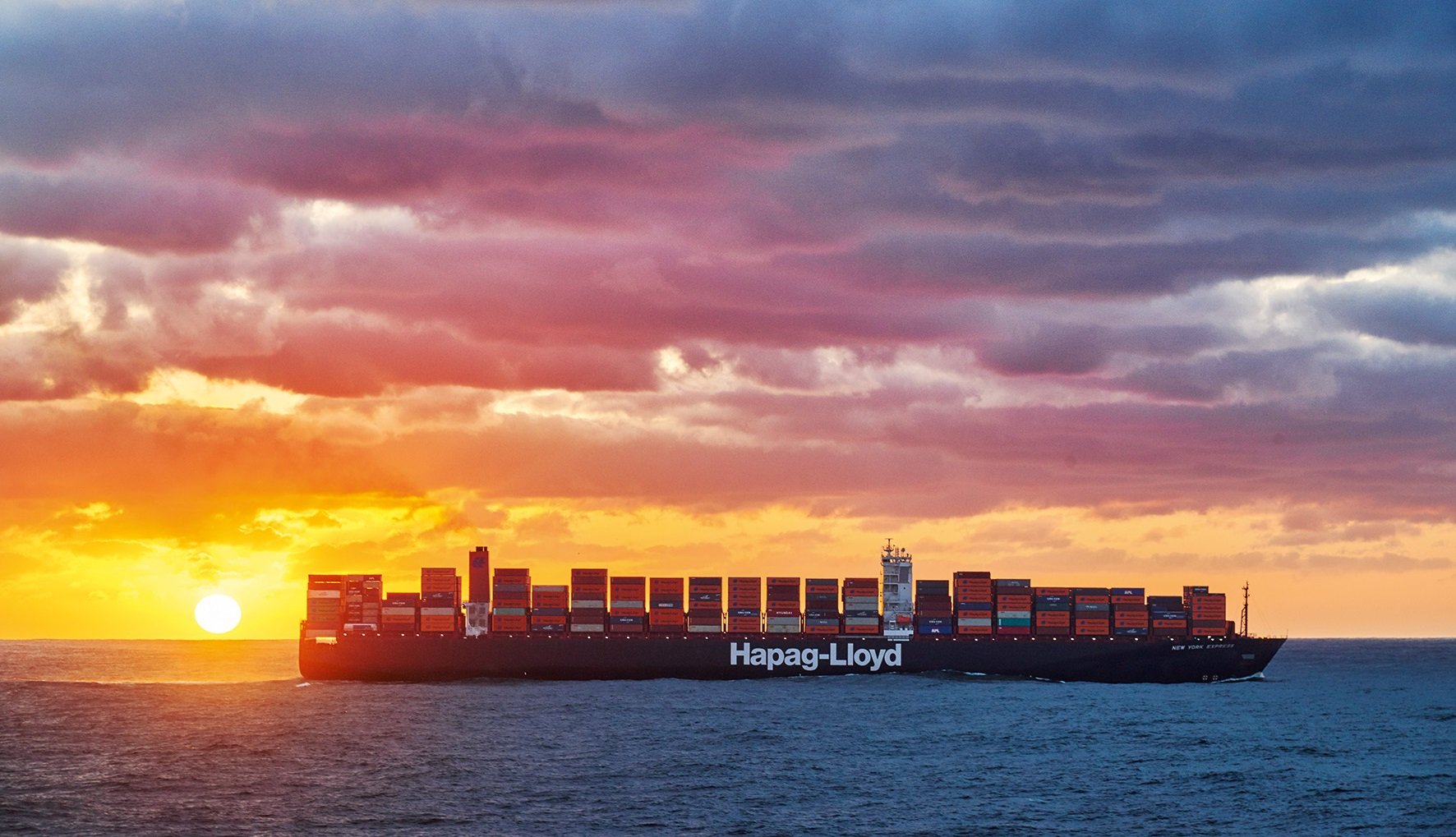1. General Overview of Chinhae Port
Chinhae Port (35°08’N, 128°41’E) is a major naval and commercial port in Gyeongsangnam-do, South Korea, jointly administered by:
– Korea Coast Guard (KCG) – Maritime safety and enforcement
– Ministry of Oceans and Fisheries (MOF) – Port operations
– Republic of Korea Navy – Security zones
2. Port Rules and Regulations
2.1 Vessel Entry and Departure
– Mandatory Pre-arrival Notices:
– 24 hours prior: General declaration (Form MOF-12)
– 12 hours prior: Final crew/passenger list (ISPS compliant)
– 6 hours prior: Updated ETA (via VHF Ch 16 or KCG e-Port system)
– Restricted Areas:
– Naval Base Zone (2NM radius) – No entry without Navy clearance
– Fishery Protection Zone (1NM west of Breakwater) – No anchoring
– Anchorage Specifications:
| Zone | Coordinates | Depth | Max LOA | Purpose |
|——|————-|——-|———|———|
| A1 | 35°09’N 128°40’E | 10-15m | 150m | General cargo |
| A2 | 35°07’N 128°42’E | 15-20m | 200m | Tankers |
| A3 | 35°10’N 128°43’E | 20-25m | 250m | Naval auxiliaries |
2.2 Navigation and Traffic Control
– Speed Limits:
– Inner harbor: 10 knots (5 knots within 500m of piers)
– Approach channels: 15 knots (reduced to 8 knots in fog <1NM visibility)
– Pilotage Requirements:
– Compulsory for:
– Vessels >5,000 GT
– LOA >120m
– Carrying IMO Class 1-9 dangerous goods
– Pilot boarding ground: 34°47’N 128°25’E (marked by yellow buoys)
– Traffic Separation Scheme:
– Eastbound lane: 128°40’E to 128°45’E
– Westbound lane: 128°35’E to 128°40’E
– Separation zone: 0.5NM width (strict no-crossing area)
2.3 Cargo Operations
– Dangerous Goods Handling:
– Prohibited materials: Class 1.1 explosives, UN 1017 Chlorine
– Special handling required for:
– Class 3 flammable liquids (double hose requirement)
– Class 6.1 toxic substances (gas detectors mandatory)
– Operational Restrictions:
– No hot work during cargo transfer
– Minimum 30m safety zone around bunkering vessels
– Night operations (2000-0600) require KCG approval
3. Compliance and Enforcement
3.1 Inspection Regime
– KCG Routine Inspections (98% compliance rate in 2023):
– Document checks:
• Continuous Synopsis Record (CSR)
• Garbage Record Book (MARPOL Annex V)
• Ballast Water Management Plan
– Equipment verification:
• Lifeboat launch capability (tested with 50% crew)
• Emergency fire pump pressure (≥3.5 bar at hydrants)
– PSC Inspection Focus Areas:
– Structural integrity (especially for vessels >15 years old)
– Engine room bilge alarms (tested under 2023 Tokyo MOU CIC)
3.2 Penalty System
– Fine Structure:
| Violation | First Offense | Repeat Offense |
|———–|—————|—————-|
| MARPOL Annex I | KRW 30-50M | KRW 50-100M + detention |
| SOLAS Ch.V | KRW 10-20M | KRW 20-40M |
| ISPS Code | KRW 5-15M | Port access suspension |
– Detention Criteria:
– 3+ deficiencies in safety systems
– Failure to rectify within 24 hours
– Willful obstruction of inspectors
4. Safety Measures
4.1 Emergency Response
– Oil Spill Capacity:
– Tier 1: 500 tons (port-owned)
– Tier 2: 2,000 tons (regional contract)
– Response time: <2 hours for spills >10 tons
– Medical Facilities:
– Port clinic (24/7 trauma care)
– Hyperbaric chamber at Naval Hospital
– Designated COVID-19 quarantine berth (Pier 5)
4.2 Crew Welfare Provisions
– Mandatory Facilities:
– Shore leave access (ISPS compliant gates at Piers 1-4)
– Free WiFi at seafarers’ center (50MB/day limit)
– Currency exchange (USD→KRW only)
– Labor Protections:
– Maximum 14-hour workday (MLC 2006)
– Wage dispute resolution through MOF arbitration
5. Port Infrastructure Specifications
Berthing Facilities:
| Pier | Length (m) | Depth (m) | Max DWT | Primary Use | Special Equipment |
|——|————|———–|———|————-|——————-|
| 1 | 250 | 10.5 | 20,000 | General cargo | 2x 50-ton cranes |
| 2 | 320 | 14.0 | 50,000 | Containers | STS gantry cranes |
| 3 | 180 | 9.0 | 15,000 | Naval support | Explosives handling |
| 4 | 400 | 16.5 | 80,000 | Tankers | VOC recovery |
| 5 | 150 | 8.0 | 10,000 | Emergency | Quarantine zone |
6. Environmental Regulations
– Emission Control:
– 0.1% sulfur limit in ECA (within 12NM)
– Mandatory use of shore power for vessels >5,000 GT (berthing >2 hours)
– Waste Management:
– No plastic waste discharge (MOF Ordinance 2023-7)
– Sludge reception facilities at Piers 2/4 (24-hour service)
– Underwater Noise:
– Restricted piling operations (0600-1800 only)
– Mandatory marine mammal observers during dredging
7. Security Protocols
– ISPS Code Implementation:
– Security Level 1 (Normal): Roving patrols every 2 hours
– Security Level 2 (Heightened): Armed guards at all gates
– Security Level 3 (Exceptional): Port closure to non-essential traffic
– Cyber Security:
– Mandatory ECDIS updates before entry
– No USB transfers allowed in port networks
8. Meteorological Limits
– Operation Suspension Criteria:
| Condition | Threshold | Affected Operations |
|———–|———–|———————|
| Wind | >15 m/s sustained | All cargo ops |
| Waves | >2.5m significant | Ship-to-ship transfers |
| Visibility | <500m | Pilotage | | Current | >3 knots | Tanker berthing |
9. Special Circumstances
– Naval Priority:
– Immediate clearance required for ROKN vessels
– Commercial traffic may be redirected during exercises
– Pandemic Measures:
– Health declaration forms for all crew
– Designated medical waste disposal at Pier 5
10. Contact Protocols (Official Sources Only)
– VHF Channels:
– Ch 12: Port Control
– Ch 14: Pilot Station
– Ch 16: Emergency





